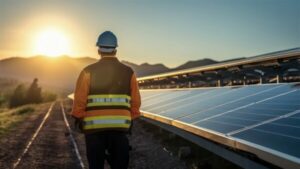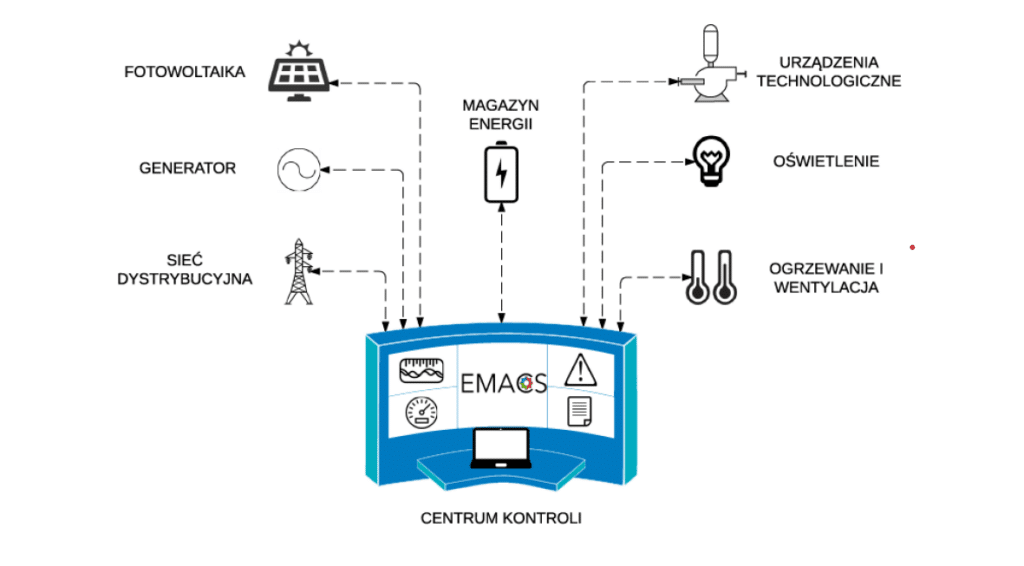In today’s world, as climate change becomes increasingly visible, investments in renewable energy sources are crucial for the future of power engineering. Alternative energy systems such as wind farms and photovoltaics, along with climate technologies and the construction of new energy sources, form the foundation for future investments in power engineering.
Alternative Energy Systems

Wind power plants
Wind farms harness the power of the wind to generate electrical energy. In Poland, one of the largest wind farms in Europe can be found – the Wind Park in Potęgowo, consisting of 81 turbines with a total capacity of 219 MW. This facility helps reduce CO2 emissions by approximately 514,000 tons annually.
Read more about Wind farm construction
Solar power plants
On the other hand, photovoltaic farms use solar energy to produce electricity. In our country, we can boast one of the largest solar power plants in Europe, located in Przykona, Wielkopolska. It is the second-largest photovoltaic farm in Poland, comprising 380,000 PV panels with the potential to produce 220 GWh of electrical energy annually, enough to power over 100,000 households.
Read more: Solar farm construction
Climate Technologies
Climate technologies are innovative solutions that aid in reducing greenhouse gas emissions and increasing energy efficiency. One example is the cable pooling solution, designed to facilitate the development of large photovoltaic farms, secured by connections for installations such as wind turbines. Another example is smart grid technology, which enables better management of the power grid through the use of intelligent monitoring and control systems.
Construction of Energy Sources
The construction of renewable energy sources requires careful planning and design. The first step is selecting the appropriate location to ensure optimal energy source efficiency. Next, the installation must be designed to meet technical and safety requirements.
If you’re interested in building renewable energy sources, also read:
- Solar Farm Project – Analyzing All Stages
- How to Choose the Best Location for Solar Panels?
Conclusion
Investments in renewable energy sources are pivotal for the future of power engineering. Alternative energy systems, like wind and photovoltaic farms, as well as climate technologies, such as cable pooling and smart grids, offer innovative solutions to reduce greenhouse gas emissions and increase energy efficiency. The construction of renewable energy sources demands proper planning, design, and support from the government.








